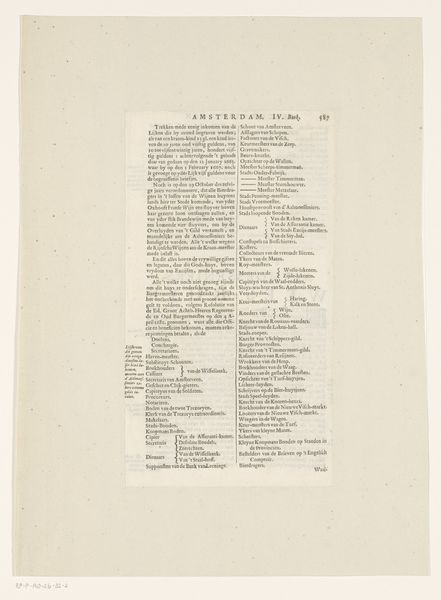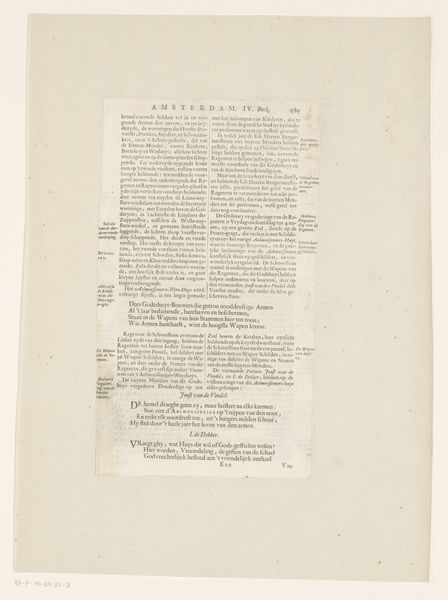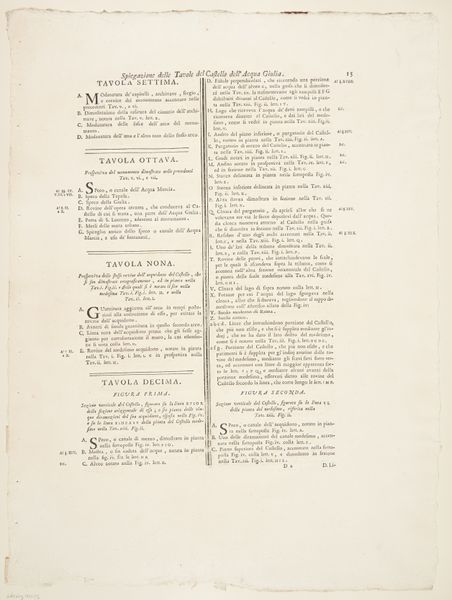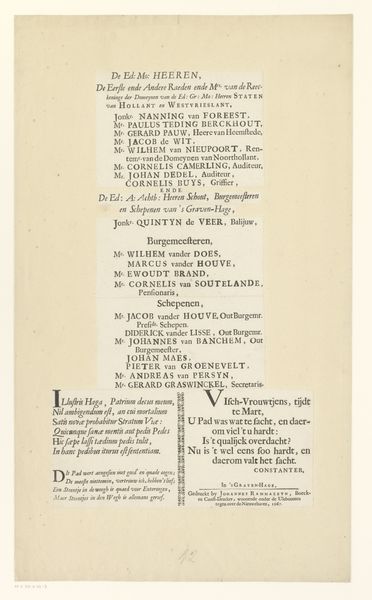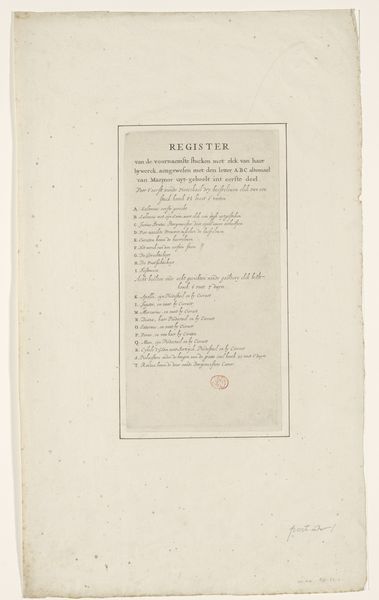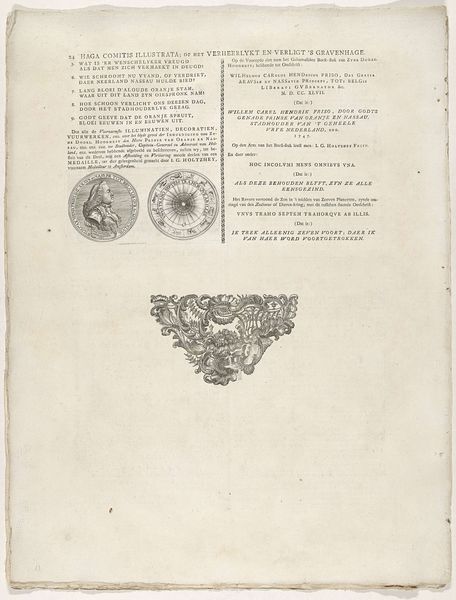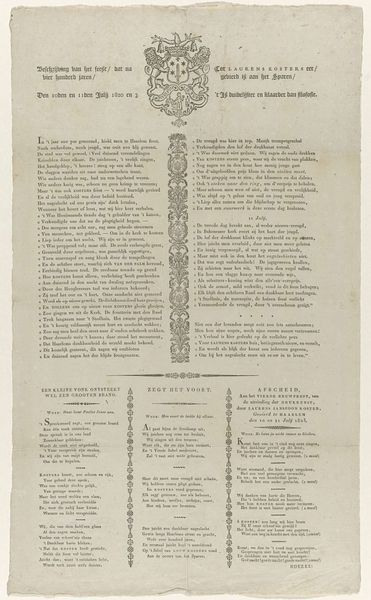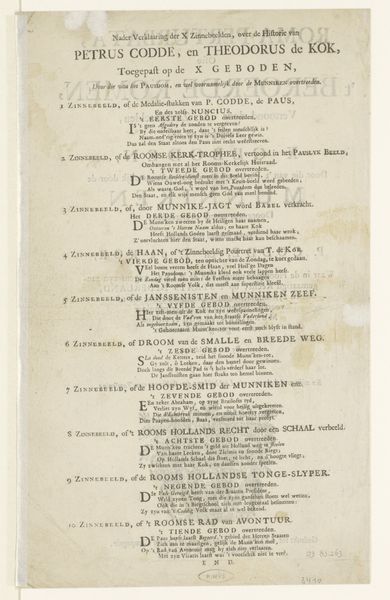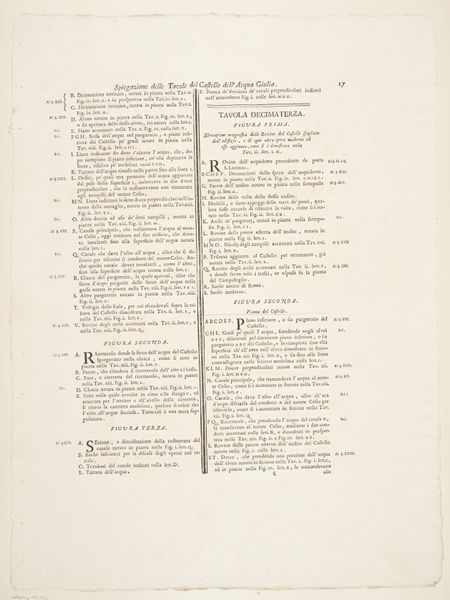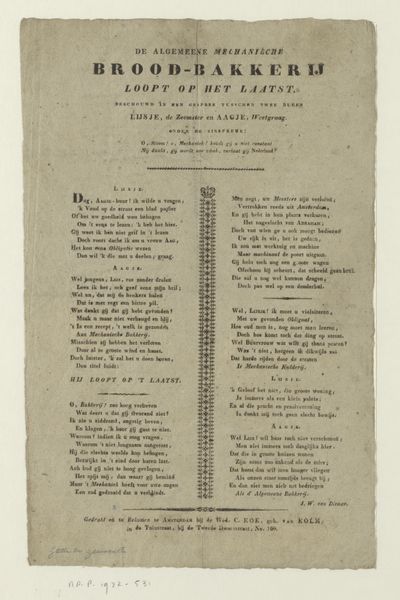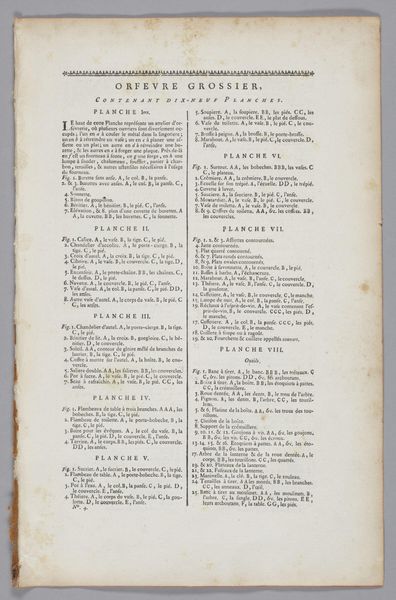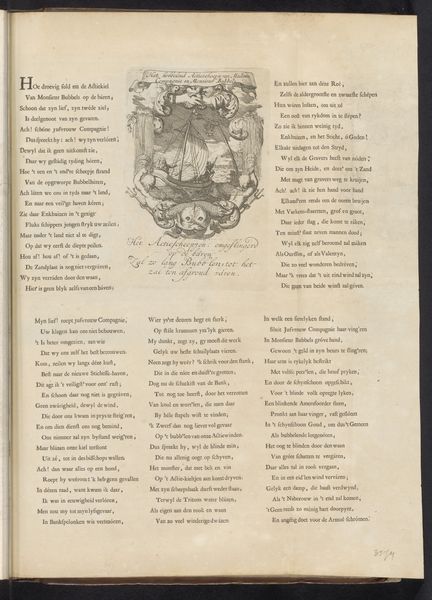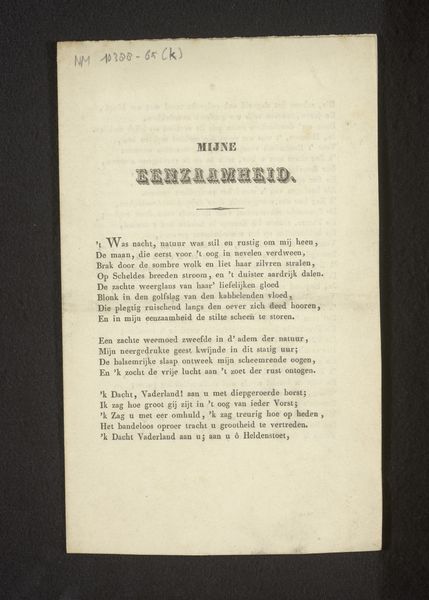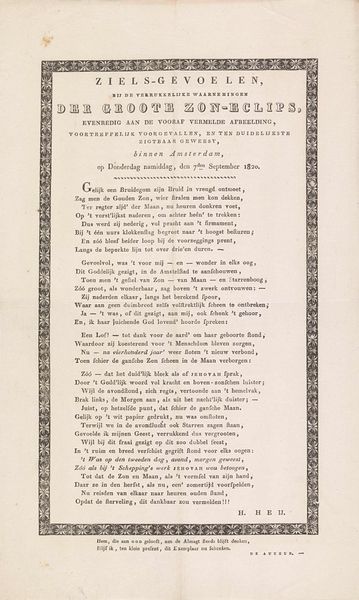
Register voor: Secunca pars (…) / Het tweede deel Van de voornaemste Statuen ende Cieraten van 't konst-rijcke Stadt-huys van Amstelredam 'tmeeste in Marmer gemaeckt door Artus Quellinus Beelthouwer der voorseyde Stadt. Amsterdam: Artus Quellinus (I), 1663 1663
0:00
0:00
print, relief-print, paper, typography, ink, engraving
#
aged paper
#
toned paper
#
baroque
#
dutch-golden-age
#
ink paper printed
#
parchment
# print
#
relief-print
#
light coloured
#
old engraving style
#
paper
#
typography
#
ink
#
engraving
#
monochrome
Dimensions: height 329 mm, width 212 mm
Copyright: Rijks Museum: Open Domain
Editor: So, here we have an engraving from 1663, “Register voor: Secunda pars” by Artus Quellinus I. It’s currently held in the Rijksmuseum. The aged paper and dense typography give it such an austere, intellectual air. What strikes you when you look at this, compared to contemporary art? Curator: You know, it’s like gazing into a perfectly preserved time capsule. Imagine Amsterdam in 1663, brimming with this newfound wealth and self-confidence, commissioning artwork. The precision of the engraving, the formality of the typography – they scream of a society obsessed with order and cataloging the world around them. It’s not just about aesthetics, but also about solidifying their burgeoning cultural identity. What do you make of the Baroque style blending with the Dutch Golden Age sensibility? Editor: It's almost a conflict. The Dutch Golden Age, with its realism, combined with Baroque flourish. Is the register more about Dutch practicality or Baroque exuberance? Curator: Precisely! Think of the Amsterdam City Hall itself, which this engraving documents through prints of its sculpted decorations. It’s a statement piece. This image serves as the key to unlocking all those symbolic layers Artus Quellinus embedded within the sculptures. I’d argue it represents an attempt to ground exuberant Baroque idealism within the level-headed world of Dutch commerce and governance. Do you see that tension reflected in the stark monochrome? Editor: Absolutely, a conversation between precision and grandeur. Curator: Exactly. And that tension, that careful balance, tells us so much about the spirit of the Dutch Golden Age itself. Looking closer makes me question our definitions. What's exuberant about an engraving? Is that exuberance the ambition, not in curves, but in precision? Editor: It makes me think about how documentation can also be art. It's not just capturing something, it's framing it. Curator: You've hit it, absolutely. And by framing it, transforming it into something entirely new.
Comments
No comments
Be the first to comment and join the conversation on the ultimate creative platform.
